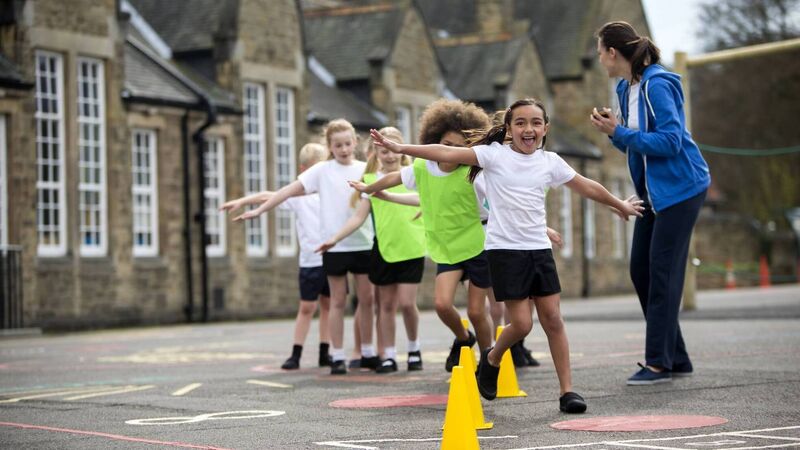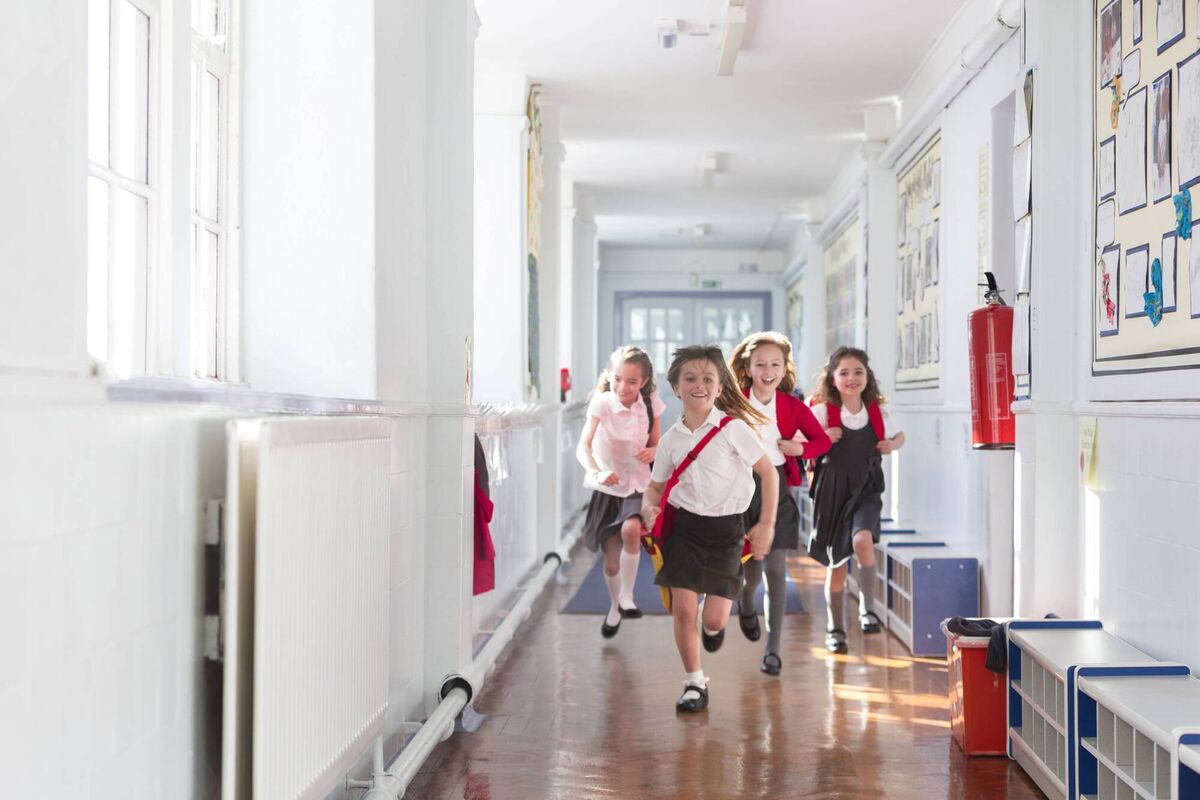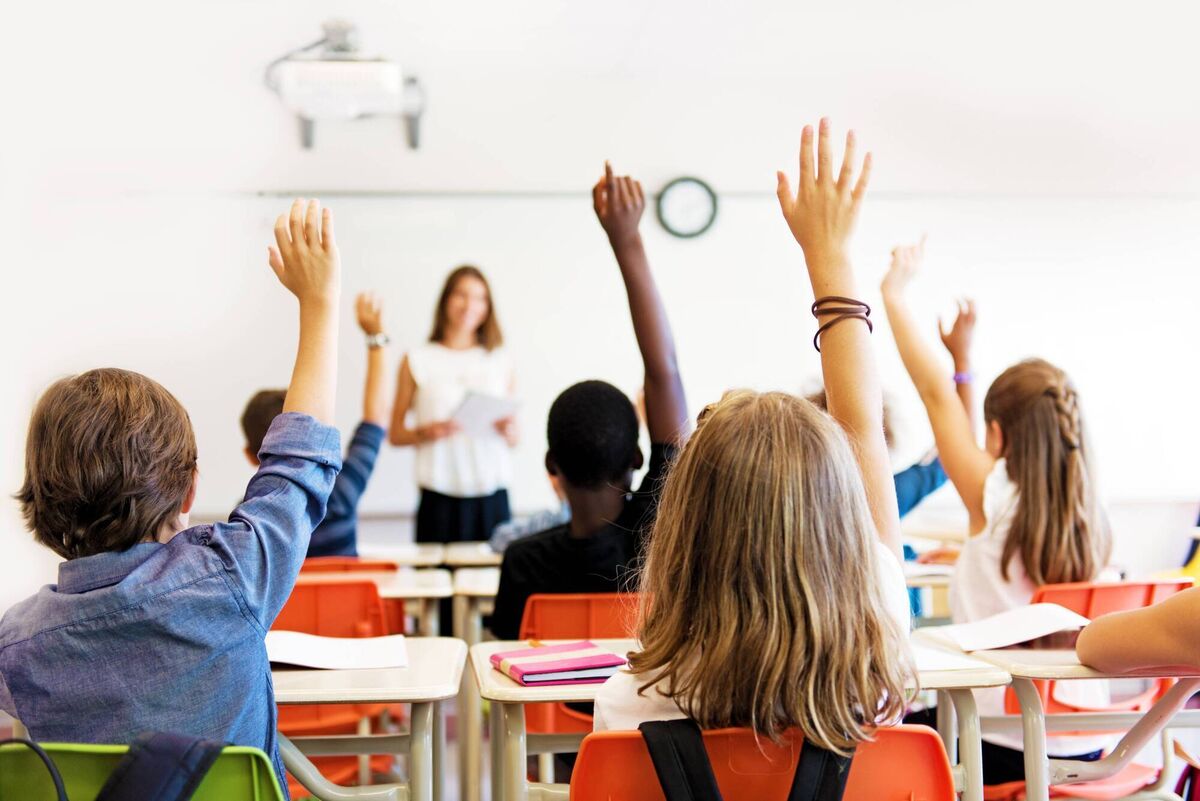Colman Noctor: Children's voices must be heard in decisions about their welfare

Dr Colman Noctor: No one wants to lose two years of our social lives to pandemic lockdowns, but I would much rather surrender two years in adulthood than during childhood or adolescence. The developmental trajectory is so steep during these life periods that any missed steps will have significant consequences for those affected
I always hesitate to mention the words 'covid', 'pandemic' and 'lockdown' as they are reminders of a time most of us want to forget. Lockdown measures were so constraining it’s no wonder we don’t want to stir up those memories. However, while restrictions are no longer an aspect of our lives, almost every conversation with young people in my clinic reflects the impact of the pandemic. Whether it is a missed opportunity for social and emotional development or feeling unprepared to manage transitions, the impact of the pandemic is a constant theme.
Beyond my therapy room, the high levels of anxiety many young people are experiencing, along with growing numbers reporting feelings of loneliness and disconnection coupled with a reliance on technology for communication, are plain to see.
While many young people will have come through unscathed, others unfortunately did not. The subtle but significant impact of the pandemic on their developmental trajectory has left them feeling lost, alone, and scared. Some pine for the isolation of the lockdowns, where dealing with ‘real life’ was not on their agenda. The number of referrals and queries I received during the pandemic did not end when restrictions were lifted. Instead, the opposite is true.
Many who work in the mental health field, including myself, were vocal about the potential mental health impact of the pandemic restrictions at the time, especially around the risks of prolonged school closures. We were told by members of the scientific community that our concerns about the long-term impact of the restrictions were ‘speculative’, whereas the physical risks of viral transmission were ‘actual’. Our advice was for the most part dismissed. Furthermore, there were no mental health experts on the NPHET team.
In the all-out drive to contain the virus, the needs of children and young people were ignored. They were primarily seen as vectors of disease and told to ‘put up’ with the restrictions. In so many words, they were told they should ‘cop on and get over the fact that they have to stay at home for a while’.

Two years after the end of lockdown, the Children’s Rights Alliance, Tusla and Children and Young People’s Services Committees (CYPSC) set about asking young people about the impact of the pandemic lockdowns on their lives.
Through in-depth interviews with 50 children and 13 officials who played a key part in the decision-making process during the pandemic, they explored how critical decisions made during the pandemic significantly impacted children’s lives. The results of this study were released last week in a report titled ‘’.
Chief executive of the Children’s Rights Alliance Tanya Ward said the results captured “the lasting impact of the pandemic, which is still felt by children and young people across the country today”. She explained: "When these decisions were made, it became increasingly challenging to balance the best interests of children and young people, and ultimately, they fell down the pecking order of priorities”.
She also spoke about how children did not have “a voice at the table” concerning their “education, play, recreation and accessing healthcare”.
Reading the views of young people in this report, it is not surprising to see the extent of the impact these decisions had and continue to have on young people’s mental wellbeing.
The report's findings are similar to other similar studies across the globe.
A large review in the European Journal of Child Psychiatry found a substantial increase in depression and anxiety in children compared to rates observed before the lockdowns. Loneliness, psychological distress, anger, irritability, boredom, fear, and stress were also more prevalent.
In Spain, where they had a similar lengthy lockdown as Ireland, a study by Seranno and colleagues found that in addition to higher levels of depression and anxiety, the use of electronic devices among children grew significantly. They also noted increased symptoms such as attention problems, fatigue, and irritability.
Spending more time online has been a hard habit to shake off, with many young people continuing to communicate mainly through devices and other technological means.
The children interviewed by the CRA described an increase in the time spent online as well as feelings of boredom, sadness, annoyance, and anxiety, with some recalling the pandemic as a worrying and frightening time.
All expressed difficulty with homeschooling during school closures. They spoke about struggling to get meaningful help and support from their teachers and problems with educational technology.
The report also found that children from the Travelling community and those experiencing poverty or educational disadvantage experienced greater difficulty engaging with online learning. Most admitted to not engaging with the homeschooling process as they did not know what to do or who to ask if they required help.
Other children who received disability support said that the disruption in their access to services greatly impacted their subsequent progress.

The CRA report recommends that if a similar crisis occurs in the future, any decision-making should be informed by research or consultations on how they might impact children’s rights and their lives. It also recommends that the closure of schools should be a last resort and be accompanied by a quick and safe reopening strategy with improved support and monitoring of engagement. The need to listen to children's voices was also highlighted, not after the fact but during the decision-making process.
No one wants to lose two years of our social lives to pandemic lockdowns, but I would much rather surrender two years in adulthood than during childhood or adolescence. The developmental trajectory is so steep during these life periods that any missed steps will have significant consequences for those affected.
In addition to large studies that capture the pervasive impact of the pandemic lockdowns, there are individual examples, too. One nine-year-old boy I know missed a further year of school after the lifting of restrictions as he was so overwhelmed by the social challenges of reintegration.
I've spoken to many 16-year-old boys who have a handful of social relationships in their lives and report feeling intense loneliness. This group had a disrupted transition to secondary school, which included masks and social distancing. As a result, forming meaningful friendships has been delayed, and it’s not been easy to make up that ground.
Young people who started third-level during the pandemic spent much of their early college months online and have also experienced significant social challenges in forming relationships, missing out on the 'typical college experience’. Many describe experiencing low mood and anxiety.
While the findings of this report are deeply concerning, they highlight the key role schools play in children’s lives. The social and emotional experience of attending school and related activities are crucial to children and young people and one we need to invest in and protect.
The learnings from the Children's Rights Alliance report and other international post-lockdown studies suggest that providing children with opportunities for social and emotional development is essential for their mental wellbeing. If they miss out, it comes at a cost.
If we ever find ourselves in another pandemic and faced with these impossible decisions again, may we have the hindsight to refer to the research and the foresight to heed the voices of children.









